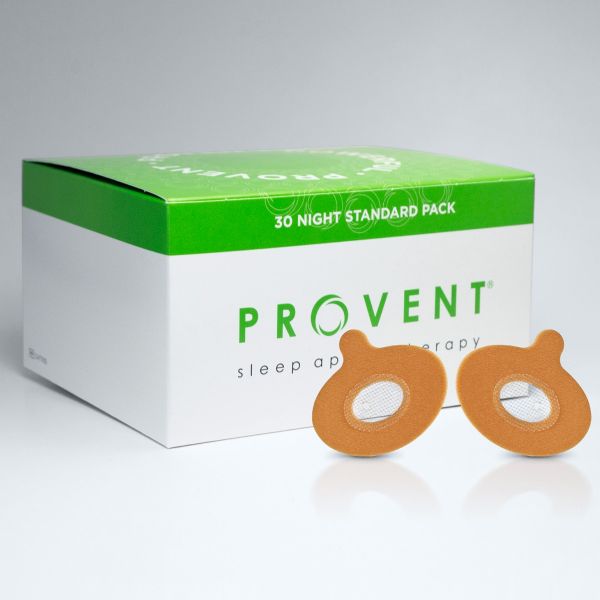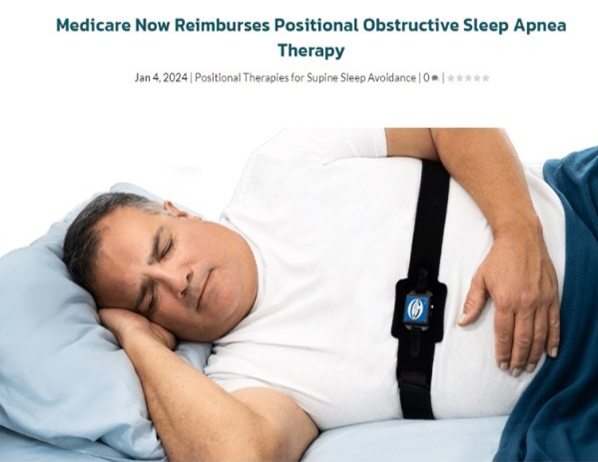Cognitive Behavioral Therapy for Insomnia (CBT-I) - Proven Techniques
Cognitive Behavioral Therapy for Insomnia (CBT-I) - Proven Techniques
Blog Article
Efficient Treatment Solutions for Taking Care Of Sleep Disorders and Enhancing Relaxed Sleep
In the world of medical care, the management of rest problems and the pursuit for restful rest are crucial components of general well-being. As we navigate the intricate landscape of sleep disorders and seek to improve our rest experience, a much deeper understanding of these treatment solutions might hold the key to unlocking a much more rejuvenating and fulfilling restorative trip.
Cognitive Behavior Modification for Insomnia (CBT-I)
Cognitive Behavior Modification for Sleep Problems (CBT-I) is an organized, evidence-based therapy strategy that concentrates on dealing with the hidden elements adding to rest disruptions. This type of treatment aims to modify actions and thoughts that exacerbate insomnia, ultimately promoting healthy rest patterns. CBT-I usually involves a number of vital parts, consisting of cognitive treatment, sleep limitation, stimulus control, and rest health education.
Cognitive treatment helps individuals recognize and change adverse idea patterns and ideas regarding rest that might be preventing their ability to fall or remain asleep. Sleep constraint includes limiting the quantity of time invested in bed to match the individual's real rest duration, consequently enhancing rest performance (sleep disorder treatment). Stimulation control strategies aid develop a strong association between the bed and sleep by encouraging individuals to head to bed just when sleepy and to avoid participating in boosting tasks in bed
Furthermore, rest hygiene education focuses on developing healthy and balanced rest routines, such as maintaining a consistent rest timetable, producing a relaxing going to bed regimen, and enhancing the sleep setting. By dealing with these aspects thoroughly, CBT-I uses an efficient non-pharmacological intervention for taking care of sleeplessness and boosting overall rest high quality.
Rest Hygiene Practices
Having actually established the foundation of cognitive restructuring and behavioral adjustments in addressing sleeplessness via Cognitive Behavior modification for Insomnia (CBT-I), the emphasis now moves in the direction of discovering necessary Sleep Hygiene Practices for maintaining optimum rest quality and overall wellness.
Sleep health methods encompass a variety of behaviors and ecological elements that can considerably affect one's capacity to go to sleep and stay asleep throughout the evening. Regular rest and wake times, developing a relaxing bedtime routine, and optimizing the sleep atmosphere by maintaining it dark, quiet, and cool are critical parts of great sleep health. Restricting exposure to screens prior to bedtime, avoiding energizers like high levels of caffeine close to bedtime, and taking part in routine exercise throughout the day can likewise promote much better rest top quality.
Additionally, exercising relaxation methods such as deep breathing exercises or meditation prior to bed can assist relax the mind and prepare the body for sleep. By integrating these sleep hygiene methods into one's day-to-day regimen, individuals can develop a healthy rest pattern that supports relaxed sleep and general wellness.
Relaxation Techniques and Mindfulness
Executing leisure techniques and mindfulness methods can play a crucial function in cultivating a sense of calmness and advertising top quality sleep. Furthermore, led imagery can assist transfer individuals to a tranquil place in their minds, helping in night shift sleep disorder anxiety reduction and enhancing sleep top quality.
Mindfulness methods, such as meditation and yoga, are also efficient in advertising relaxation and boosting sleep. Mindfulness urges individuals to remain present in the moment, letting go of worries concerning the past or future. By integrating these methods right into a going to bed routine, people can indicate to their bodies that it is time to prepare and unwind for rest. On the whole, incorporating relaxation techniques and mindfulness practices can significantly add to taking care of rest conditions and enhancing general rest quality.

Medicine Options for Sleep Disorders
After discovering relaxation methods and mindfulness techniques as non-pharmacological interventions for improving sleep quality, it is necessary to consider medication choices for people with rest problems. In instances where way of life adjustments and treatment do not offer adequate relief, medicine can be a valuable device in managing sleep disruptions.
Typically recommended medications for sleep disorders consist of benzodiazepines, non-benzodiazepine hypnotics, antidepressants, and melatonin receptor agonists. Antidepressants, such as trazodone, can be advantageous for click for source individuals with co-occurring depression and sleep disruptions - insomnia solutions.
It is essential for individuals to speak with a doctor to identify the most appropriate medicine choice based on their specific sleep problem and clinical background.
Light Therapy for Body Clock Regulation
Light treatment, also referred to as photo-therapy, is a non-invasive treatment approach made use of to control circadian rhythms and enhance sleep-wake cycles. This therapy involves exposure to intense light that simulates natural sunshine, which assists to reset the body's inner clock. By exposing people to details wavelengths of light, generally in the early morning or evening depending upon the preferred effect, light therapy can effectively readjust the body clock to promote wakefulness throughout the day and boost relaxing sleep during the night.
Study has shown that light treatment can be particularly valuable for individuals with body clock problems, such as delayed sleep phase syndrome or jet lag. It can additionally be helpful for those experiencing seasonal affective problem (SAD), a sort of clinical depression that commonly takes place throughout the wintertime months when all-natural light exposure is lowered. Light treatment is generally well-tolerated and can be made use of combined with other therapy methods for rest disorders to optimize outcomes and boost total rest top quality.
Final Thought
To conclude, efficient therapy solutions for taking care of rest conditions and improving relaxing rest consist of Cognitive Behavior modification for Sleeplessness (CBT-I), sleep hygiene practices, relaxation strategies and mindfulness, drug alternatives, and light therapy for circadian rhythm guideline. These methods can aid people improve their sleep high quality and general well-being. It is essential to talk to a doctor to establish one of the most appropriate strategy for dealing with sleep problems.
As we navigate the complex landscape of rest conditions and look for to boost our sleep experience, a much deeper understanding of these treatment solutions might hold night shift sleep disorder the key to opening a much more refreshing and fulfilling corrective journey.
Rest limitation includes restricting the quantity of time invested in bed to match the person's actual sleep duration, thus raising sleep performance. Constant rest and wake times, producing a relaxing bedtime routine, and optimizing the rest atmosphere by maintaining it dark, silent, and cool are important elements of excellent sleep hygiene. Light treatment is generally well-tolerated and can be made use of in combination with other treatment approaches for sleep problems to maximize results and boost general rest quality.

Report this page